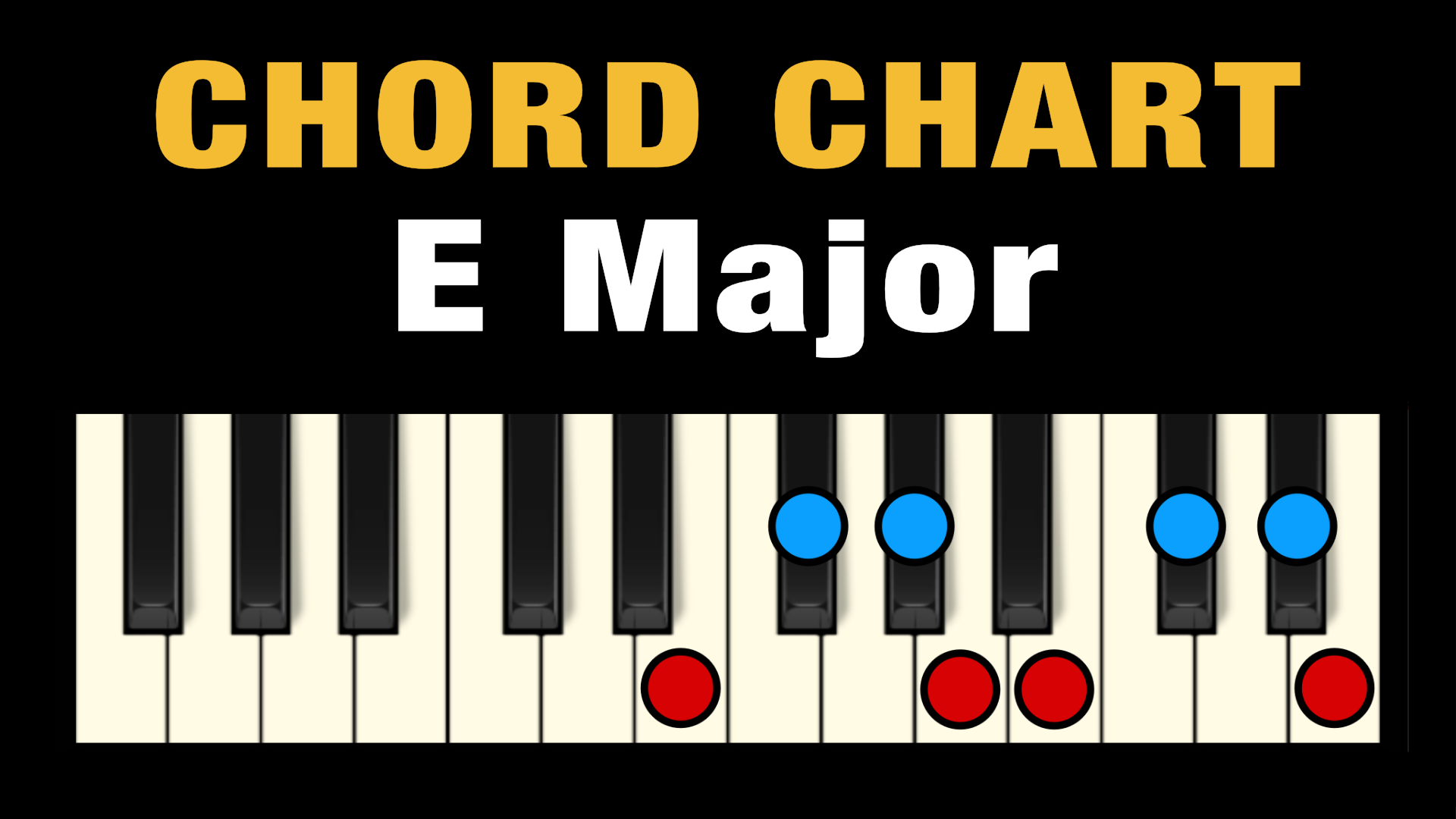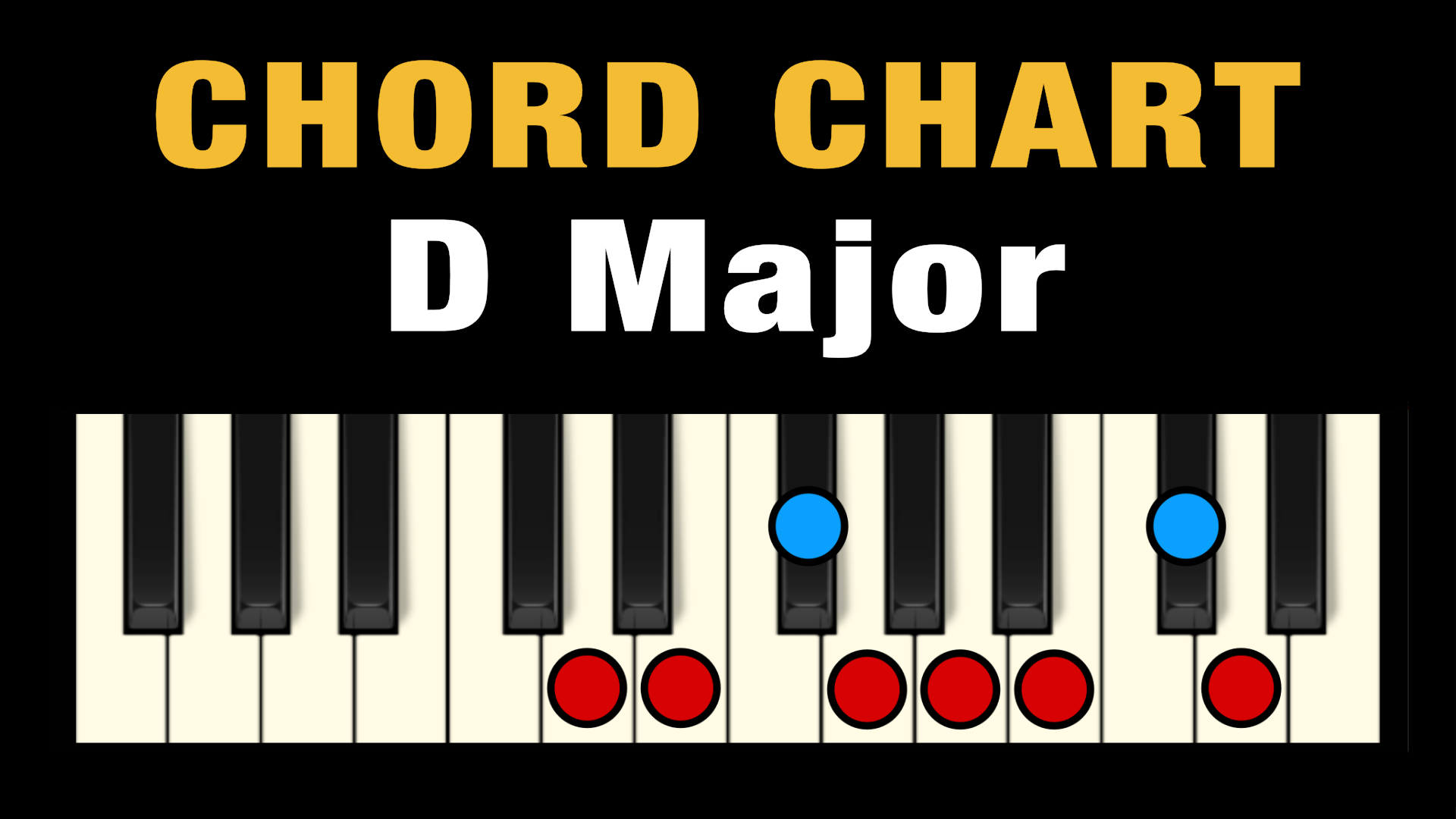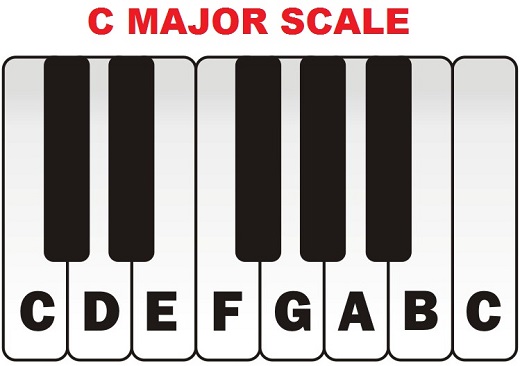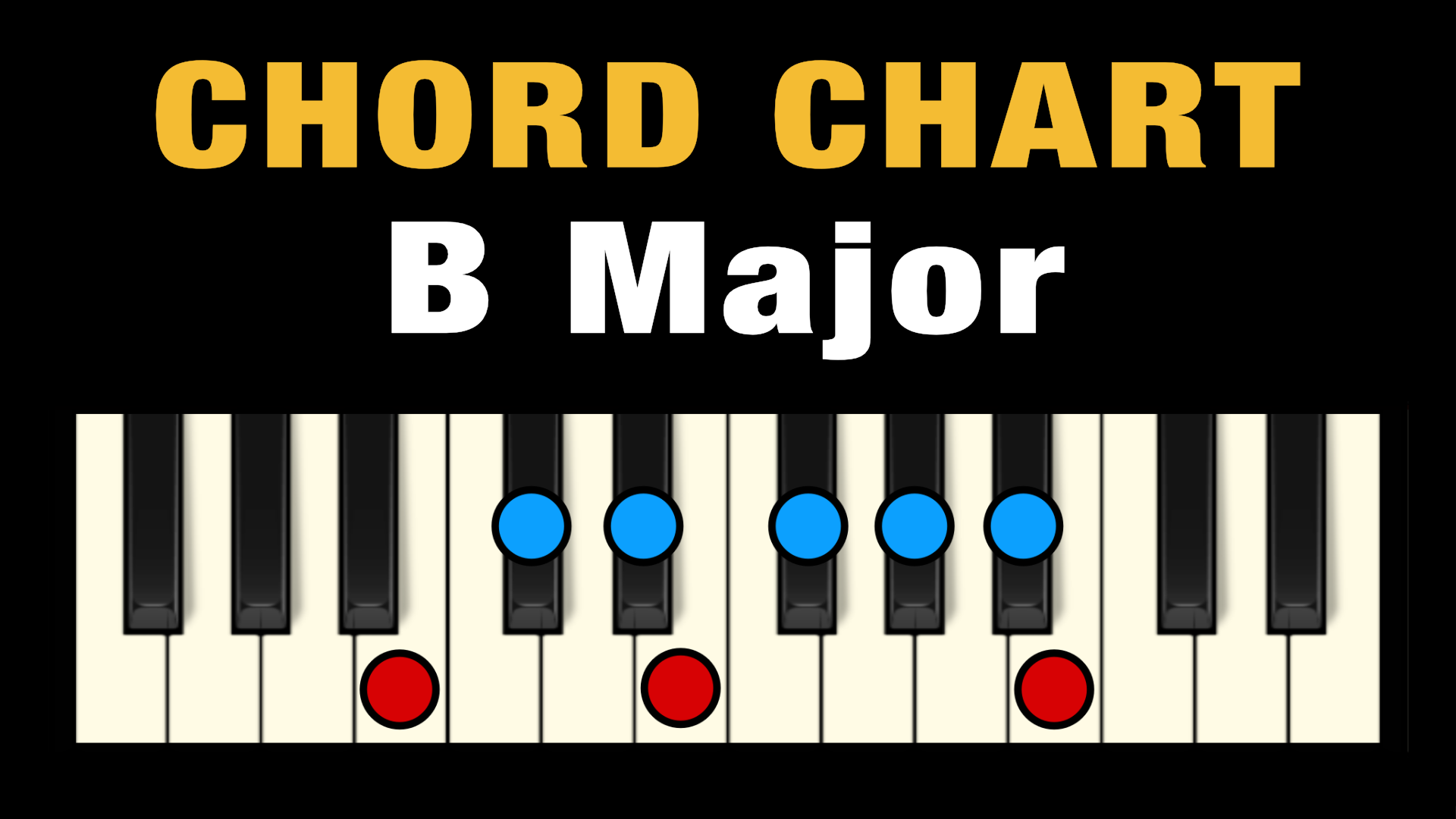E major piano chords are a great way to add a touch of brightness and energy to your music. Whether you’re a beginner or a seasoned pro, these chords can be used to add a sense of excitement and drama to your compositions. E major chords are a great way to add color and texture to your music, and they’re an essential part of any piano players toolkit. With a few basic steps, you can learn how to play E major chords on the piano. This guide will explain the basics of E major chords, show you how to construct them, and provide some tips on how to use them in your own music.
Exploring the Unique Sound of E Major Piano Chords
The E Major chord is an essential part of any pianist’s repertoire. Its distinct sound and versatility make it the perfect choice for a variety of musical pieces. While it’s one of the most commonly used chords, it still has a unique sound that sets it apart from other major chords.
When playing an E Major chord, it’s important to understand the individual notes that make up the chord. The E Major chord is composed of the notes E, G#, and B. By combining these three notes, the E Major chord is formed.
The E Major chord is known for its bright, bouncy sound. It is considered to be a major chord, meaning it is composed of a major third interval (G#) and a perfect fifth interval (B). This combination of intervals creates a rich, full-bodied sound that is perfect for many musical styles.
When playing the E Major chord, it’s important to remember that it can be used in different ways. For example, the E Major chord can be played as a major chord, or as a minor chord by lowering the G# to a G. Additionally, the E Major chord can be played as a suspended chord by raising the B to a C. This creates a unique, suspended sound that can be used to create interesting musical passages.
The E Major chord is a versatile chord that can be used in a variety of musical styles. Its distinct sound is perfect for jazz, pop, and rock music. The E Major chord can be used to create beautiful, lush chords or can be used to add energy and excitement to a passage. With its versatility and unique sound, the E Major chord is an essential part of any pianist’s repertoire.
The Benefits of Mastering E Major Piano Chords
Mastering E major piano chords can be a great asset to any musician, both novice and experienced. Knowing how to play these chords can help to open up a broad range of musical possibilities. Here are some of the many benefits of mastering E major piano chords.
First, E major piano chords are a building block for many other chords. They can be used to form complex chords such as B minor and F sharp minor. By getting a good grasp of E major chords, it gives the musician a solid foundation to build from when trying to create more complicated chord progressions.
Second, the E major chord is a common chord used in many genres of music. It can be found in pop, rock, jazz, and classical music. Knowing how to play this chord can help a musician to be able to play songs from different genres.
Third, the E major chord helps to give a song a distinctive sound. The combination of notes in this chord creates a unique and powerful sound that is often used to create tension in a song. This can help to give a song a memorable sound that will stick with the listener.
Finally, mastering the E major chord can help a musician to become more confident and creative. Knowing how to play this chord gives the musician a good starting point for creating their own music. This can help them to express their own unique sound and give them the freedom to explore their own ideas.
Overall, mastering E major piano chords can be a great asset to any musician. It can open up a broad range of musical possibilities and give the musician the confidence and creativity to create their own unique sound. With practice, any musician can learn to master E major piano chords and unlock a world of musical possibilities.
How to Build a Solid Foundation of E Major Piano Chords
The foundation of piano chords for the key of E major is composed of the I, IV, and V chords. These chords are E major, A major, and B major, respectively. In this guide, we will discuss how to build and play these chords, as well as how to incorporate them into your piano playing.
First, let’s look at the E major chord. To build this chord, you will need to play the notes E, B, and G#. For this chord, the root note is E, the third is B, and the fifth is G#. To play this chord, you will need to find these notes on the piano and play them simultaneously.
Next, let’s look at the A major chord. To build this chord, you will need to play the notes A, E, and C#. The root note is A, the third is E, and the fifth is C#. To play this chord, you will need to find these notes on the piano and play them simultaneously.
Finally, let’s look at the B major chord. To build this chord, you will need to play the notes B, F#, and D#. The root note is B, the third is F#, and the fifth is D#. To play this chord, you will need to find these notes on the piano and play them simultaneously.
Now that you know how to build the I, IV, and V chords for the key of E major, you can start to incorporate them into your playing. You can use them to create chord progressions, improvise melodies, and even write your own songs. With a solid foundation of E major chords, the possibilities are endless.
Creative Ways to Incorporate E Major Piano Chords Into Your Music
1. Create a unique melody in the key of E Major by using the E Major piano chords as the foundation of your song. Start by placing the left hand in the root position of E Major and build the chords from there. Then, create a melody that utilizes the notes of the chords.
2. Utilize a progression of the E Major chords to create an interesting harmonic structure. Experiment with different orders of the chords and different ways of voicing them. This will give your song a unique flavor.
3. Use E Major chords to add flavor to a simple melody by adding passing chords or chord substitutions. For example, if you are playing a melody using the notes of C Major, you could add an E Major chord to create a new flavor.
4. Try using only E Major piano chords to create an entire piece of music. This will give your music a unique sound that is distinct from traditional musical forms.
5. Use E Major chords to create a bridge or interlude in a song. This will help to create contrast and add interest to your music.
6. Experiment with other keys and modes by using E Major chords as a foundation. You can create interesting chords and progressions by mixing and matching notes from different scales.
7. Use E Major chords to create a unique accompaniment for a vocal line or solo instrument. This will help to bring out the melody and create interesting layers.
Pro Tips for Playing E Major Piano Chords
1. Play E Major chords in root position. When playing E Major chords, start by playing the E Major chord in its root position. This is the most basic form of the chord, and it consists of the notes E-G#-B.
2. Try playing E Major chords in first inversion. To play an E Major chord in its first inversion, start by playing the notes G#-B-E. This rearrangement of the notes gives the chord a different sound and feel.
3. Experiment with E Major chords in second inversion. To play an E Major chord in its second inversion, start by playing the notes B-E-G#. This rearrangement of the notes gives the chord a completely different sound and feel.
4. Combine these inversions to create interesting chord progressions. To create interesting chord progressions, try combining different inversions of E Major chords. For example, try playing a root position E Major chord followed by a first inversion E Major chord followed by a second inversion E Major chord.
5. Use pedal tones to add texture and depth to the chord. Pedal tones are notes that are held down while other notes in the chord change. To add texture and depth to an E Major chord, try holding down the E or B note while playing different inversions of the chord.
6. Syncopate your playing to create a more dynamic sound. Syncopation is the act of emphasizing unexpected beats in a piece of music. To create a more dynamic sound when playing E Major chords, try emphasizing different notes in different inversions of the chord.
An Overview of the Different Variations of E Major Piano Chords
E Major piano chords are a versatile and commonly used type of chord in music. The E Major chord is made up of E, G#, and B and is one of the most common chords used in music. It is a major chord, which means it has a major third and a perfect fifth. The E Major chord can be used in a variety of genres, from pop and rock to classical and jazz.
The most basic variation of the E Major chord is the root position, which is simply the notes E, G#, and B played together. This is the most commonly used version of the E Major chord. Other variations include the first inversion, which is the notes G#, B, and E; the second inversion, which is B, E, and G#; and the third inversion, which is E, G#, and B.
In addition to the root position, the E Major chord can also be played in a variety of other forms. One common form is the power chord, which is composed of two notes, usually the root and the fifth of the chord. This chord is often used in rock and pop music. Another form of the E Major chord is the suspended fourth, which is composed of E, A, and B. This chord is commonly used in jazz music.
The E Major chord can also be played in a variety of different voicings. A voicing is a way of playing the same chord with multiple notes, which gives the chord a different sound. For example, a close voicing of the E Major chord is composed of the notes E, G#, B, and D. This creates a fuller sound than the root position, and is often used in classical music.
Finally, the E Major chord can also be played as a slash chord. A slash chord is when the bass note of the chord is not the root note, but another note. For example, a slash chord of E Major would be E/G#, which means that the G# is the bass note, with E, G#, and B being the other notes. This is often used in jazz music to create interesting harmonic progressions.
In conclusion, the E Major chord is an incredibly versatile chord that can be used in a variety of different genres and styles. There are many different variations of the E Major chord, including the root position, power chord, suspended fourth, and slash chord. Each variation has its own unique sound, allowing for creative and innovative songwriting.
Conclusion
In conclusion, E Major Piano Chords are one of the most commonly used chords in both jazz and classical music. They are easy to learn and can be used to create a wide variety of sounds. With a little practice, anyone can learn to play these chords and use them to create beautiful music.
Since 2005, Singersroom has been the voice of R&B around the world. Connect with us via social media below.








